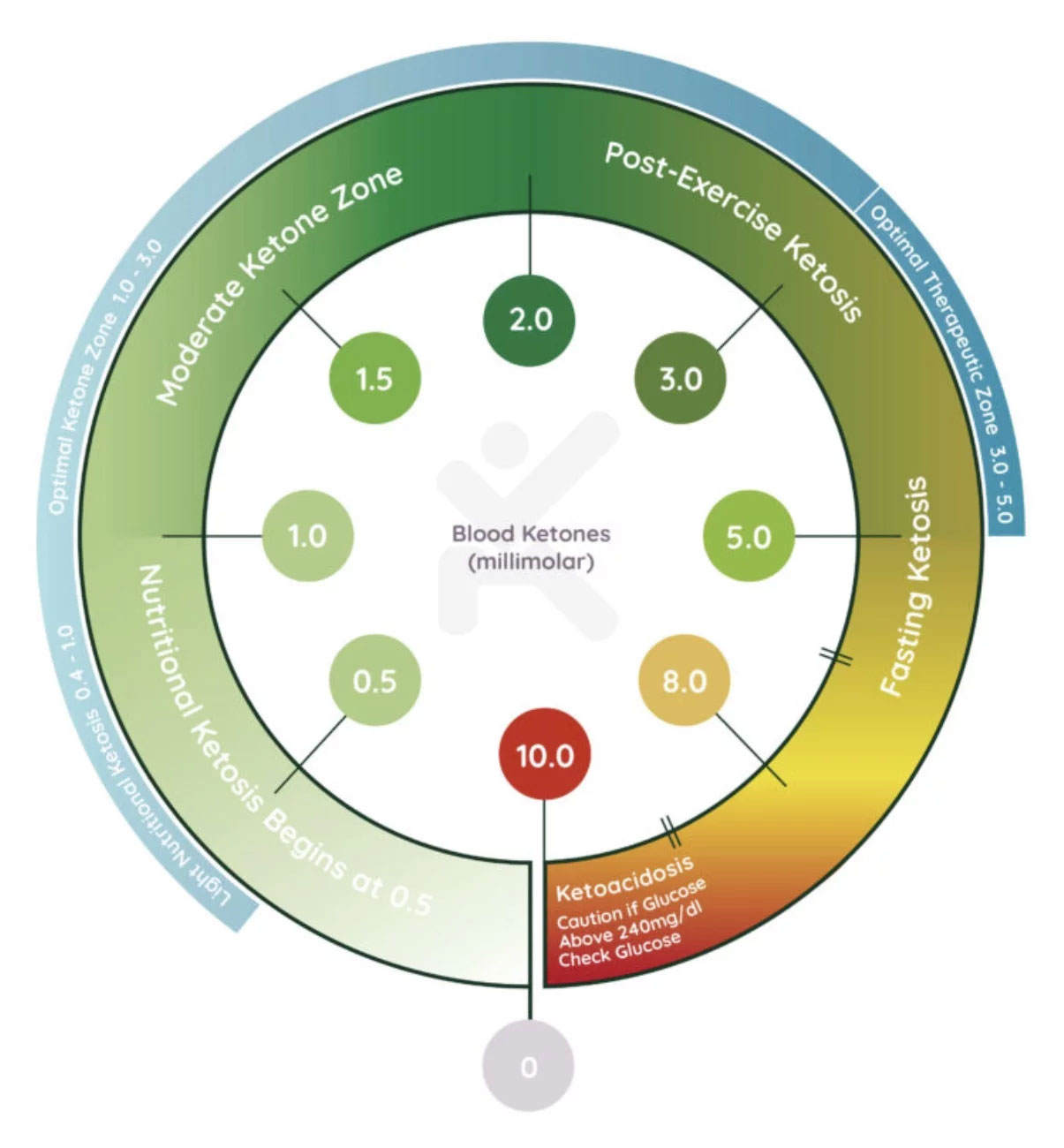A ketogenic diet is created specifically to cause the body to go into ketosis. The body turns to fat as a source of energy when the level of glucose in the blood falls to extremely low levels. The body uses the fat reserves as fuel by burning them. Ketones are a class of chemicals produced by the fat metabolism. These are compounds made up of two atom groups joined by a functional carbonyl group. They can serve as a source of energy for the cells. Ketones can be used by the brain in particular to provide roughly 70â75 percent of its energy needs.
How Does Ketosis Happen?
When the cells do not have enough glucose, the body enters a ketotic state. Carbohydrates are insufficient to meet the body’s needs for glucose. The following circumstances cause induction of ketosis:
Malnutrition
When someone is starving or fasting, they either eat too little or nothing at all that the body can digest and turn into glucose. The body typically goes into starvation mode while it is sleeping, not eating, or fasting. The blood glucose levels fall as a result of not eating. The mobilization of glycogen (stored glucose) storage. The body uses the glucose they are turned into to produce energy. The body begins to burn the fat reserves in order to speed up the conversion of glycogen. In reaction to the ketonic state (low of accessible glucose), ketogenesis takes place. This is how fats are metabolized to create ketone bodies, an alternative energy source.
- Insulin issues
- Consuming few carbohydrates
- Body’s effects of ketosis
The body releases ketones when it enters ketosis. There are a few symptoms that these chemicals may produce, both good and bad.
Reverse Effects
The majority of side effects progressively disappear when the body gets used to using ketones as a source of energy. By the conclusion of the first week following the commencement of a ketogenic diet, the majority of people are able to adjust. Some may require up to two weeks. The body may take up to 12 weeks to completely adjust to fat burning.
It normally takes longer to get the intended results. Between 6 and 8 weeks, subtle benefits start to appear.
- Deficit
- Feeling lightheaded
- Weakness
- Migraines
- Minimal agitation
- High cholesterol (if you consume too many bad fats)
- Throwing up
- Ketoacidosis
Only when the body’s control mechanism malfunctions can this consequence take place. Ketone levels rise to levels that may already be hazardous to the body when insulin is absent. Ketoacidosis is the name of this condition. However, diet-induced ketosis is insufficient to result in this situation.
Ketogenic diets can be used in children to treat their epilepsy. Some of the negative side effects of this diet include the following:
- Irritability
- Hydration Issues
- Gallstones or kidney stones
- Slow or inadequate growth
- Sleepiness
- A worsening of gastroesophageal reflux disease
- Worsened bruises
- Enhanced chance of fractures
- Excessive acidity and ketosis
- Psychosocial unwillingness to eat
- When on the ketogenic diet, women with epilepsy may encounter:
- Irregular menstruation
- Eye conditions
- Falling bone density
- The pancreas
The limits may lead to micronutrient deficits. The majority of foods high in carbohydrates are also high in vitamins and minerals. These vital nutrients may become deficient as a result of the rigorous restrictions on carbohydrate intake. Along with the measuring and proportioning of the macronutrients (fats, proteins, and carbs), it is crucial to take the micronutrients (vitamins and minerals) consumption into account as well. To prevent deficient conditions, supplementation could also be necessary.



